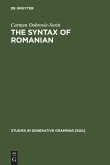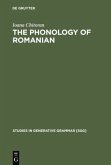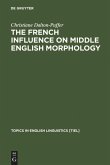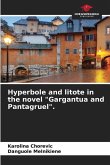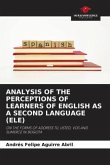This book examines the Romanian mihi est construction (Mi-e foame/frica, me.dat = is hunger/fear 'I am hungry/ afraid'). While it disappeared from all other Romance languages to be replaced with a habeo structure, the mihi est pattern is in Romanian the most common way of expressing psychological or physiological states. By means of synchronic and diachronic corpus studies, the book investigates the status of the core arguments of the mihi est structure, i.e. the dative experiencer and the nominative state noun, as well as its evolution throughout the centuries.
The data analysis reveals that the dative experiencer syntactically behaves like nominative subjects, whereas the state noun shows predicate behavior. As for the evolution of the mihi est structure, the analysis shows a certain tendency toward innovation, since in present-day Romanian it can coerce nouns coming from other semantic fields into the construction's psychological or physiological interpretation. Could this be another unique trait of Romanian, which causes it to seemingly go against the tendency of most Romance languages toward canonical marking of core arguments?
Hinweis: Dieser Artikel kann nur an eine deutsche Lieferadresse ausgeliefert werden.
The data analysis reveals that the dative experiencer syntactically behaves like nominative subjects, whereas the state noun shows predicate behavior. As for the evolution of the mihi est structure, the analysis shows a certain tendency toward innovation, since in present-day Romanian it can coerce nouns coming from other semantic fields into the construction's psychological or physiological interpretation. Could this be another unique trait of Romanian, which causes it to seemingly go against the tendency of most Romance languages toward canonical marking of core arguments?
Hinweis: Dieser Artikel kann nur an eine deutsche Lieferadresse ausgeliefert werden.


